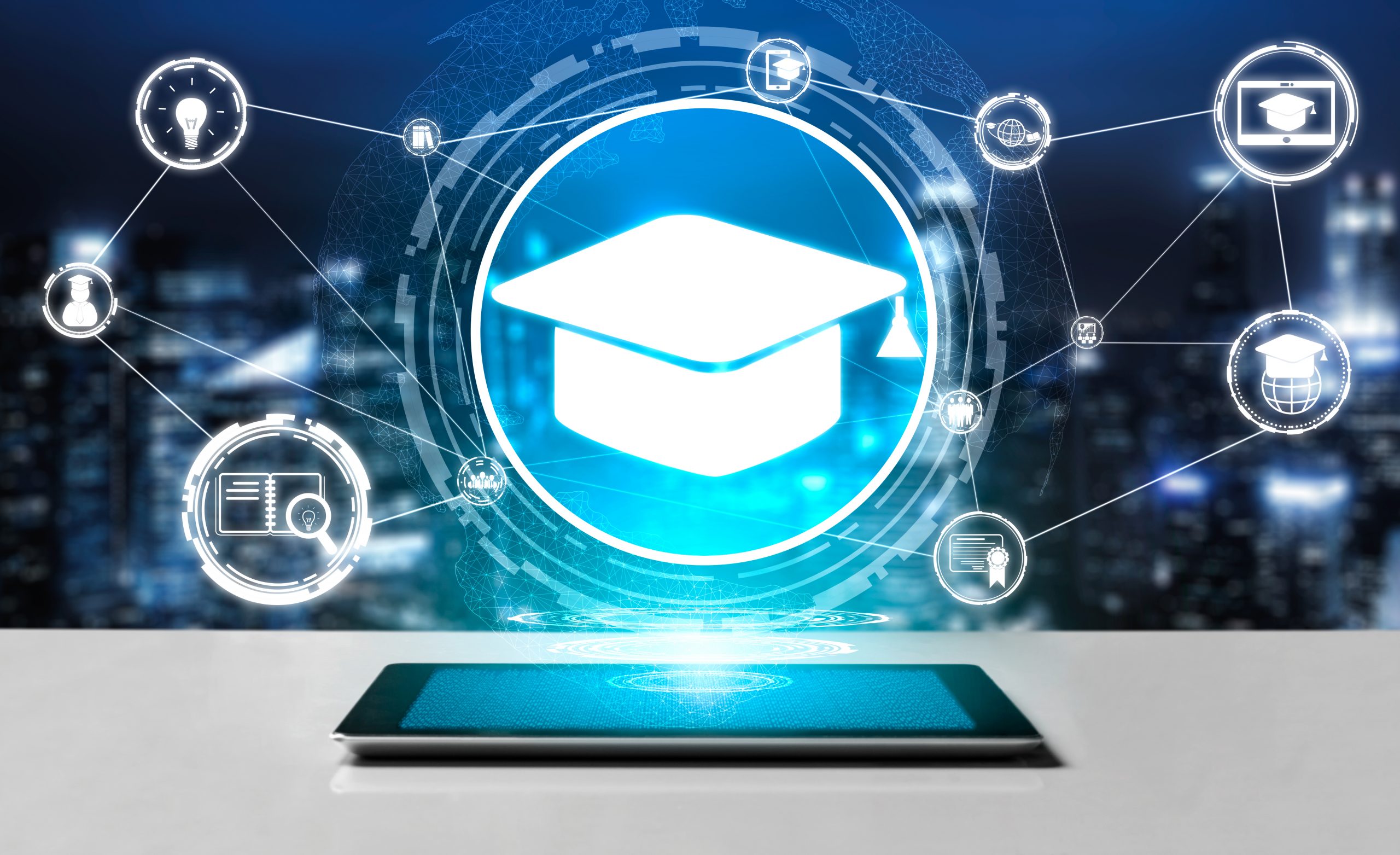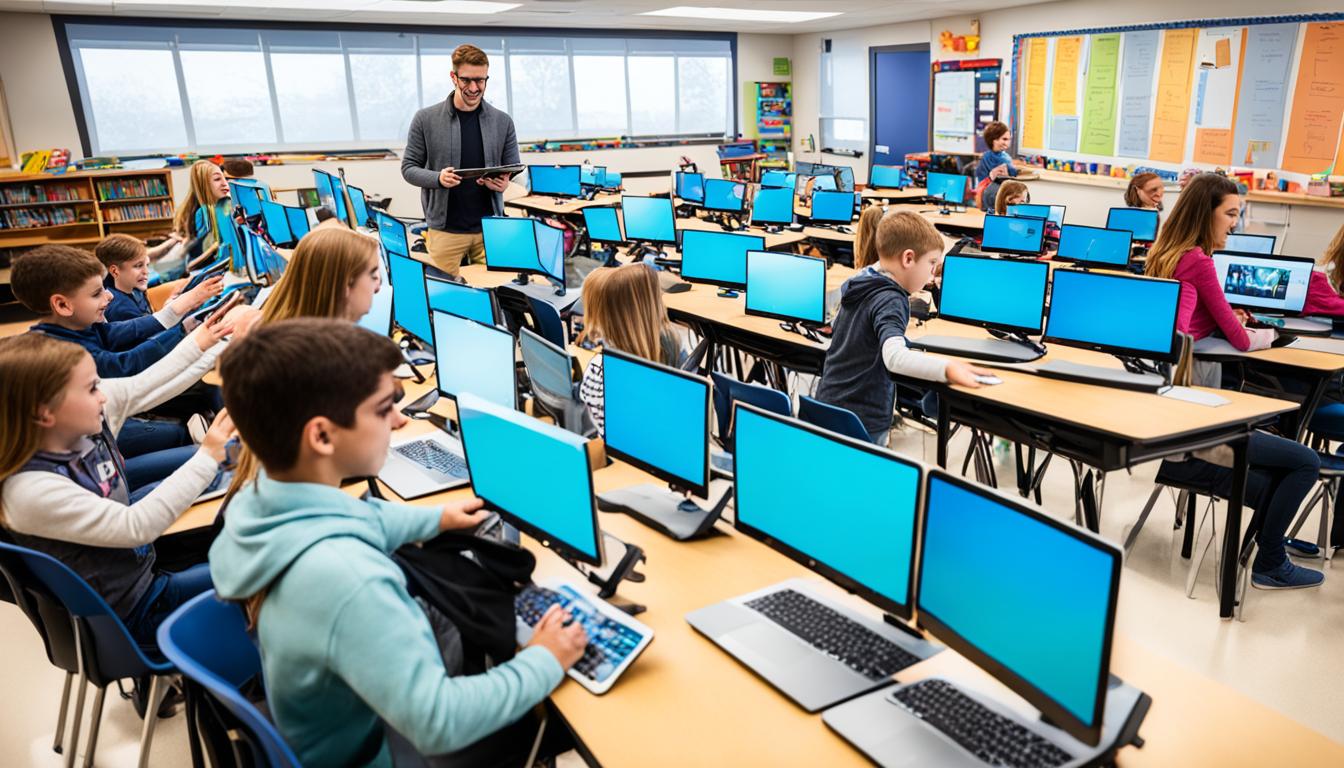Optimize Your Revenue Potential with Proven Make Money Methods
Optimize Your Revenue Potential with Proven Make Money Methods
Blog Article
Comprehensive Service Guides for Advancing Technology Education And Learning in Schools and Colleges
The assimilation of innovation education right into institution and college educational program has become a crucial vital in preparing pupils for an increasingly electronic labor force. Thorough organization guides play an essential duty in this change by detailing the essential structures for efficient program application, cultivating crucial sector partnerships, and measuring instructional outcomes. As instructional organizations make every effort to align themselves with market needs, the chances and obstacles provided by these guides merit a closer examination. Grants. What particular techniques can be taken on to optimize their influence on both trainees and educators?
Significance of Modern Technology Education
As modern technology continues to evolve at an extraordinary rate, the value of innovation education and learning has actually ended up being increasingly evident in today's society. The assimilation of innovation into various elements of life necessitates that individuals have a fundamental understanding of technical principles and applications. This expertise not just enhances employability however likewise promotes vital reasoning and problem-solving skills essential for browsing a vibrant workforce.
In universities, modern technology education furnishes students with the ability to adapt to rapid modifications in markets driven by innovation. It motivates imagination and empowers students to involve with emerging innovations, from expert system to information analytics. In addition, technology education and learning promotes electronic literacy, which is essential in a period where information is conveniently available yet frequently misleading.

Trick Parts of Effective Guides
Effective overviews for technology education and learning must include several key components to make certain that learners obtain the most from their experiences. A distinct curriculum is necessary, describing the purposes, finding out results, and the abilities to be established. This curriculum needs to be regularly upgraded to show the swiftly evolving technical landscape, making sure importance and applicability.
2nd, comprehensive sources that consist of textbooks, on the internet products, and hands-on tools are vital. These sources must be accessible and diverse, accommodating different discovering designs and choices. Additionally, incorporating real-world scenarios and case research studies can improve understanding and interaction.
Third, assessment strategies must be included to review student progress effectively. These evaluations ought to be varied, including formative and cumulative analyses that line up with the learning objectives.
Furthermore, specialist advancement possibilities for educators are critical. Training programs and workshops can outfit educators with the most recent instructional techniques and technical improvements.
Last but not least, fostering a joint understanding atmosphere encourages peer communication and knowledge sharing. By consisting of these key parts, guides for technology education can dramatically improve the learning experience, preparing trainees for future challenges in an increasingly electronic globe.
Structure Industry Partnerships
Building strong industry collaborations is a vital element of improving modern technology education and learning. These collaborations in between schools and companies produce a vibrant community that benefits pupils, educators, and companies alike. By fostering partnerships with sector leaders, schools and colleges can straighten their curricula with the evolving needs of the job market, making sure that pupils acquire relevant abilities and knowledge.
The growth of teaching fellowships, apprenticeships, and mentorship programs serves as a keystone of these partnerships. Such opportunities give students with hands-on experience, boosting their employability and functional understanding of innovation applications. In addition, market companions can offer insights into arising patterns and technological developments, enabling educators to adjust their mentor techniques as necessary.
Moreover, partnerships can help with accessibility to resources, such as devices, software application, and funding for research projects. These contributions enrich the finding out setting and enable institutions to stay at the center of technical development. Ultimately, developing durable industry partnerships is important for growing an experienced workforce that fulfills the needs these days's quickly altering technological More hints landscape, while also driving economic development and competition in the broader neighborhood.
Implementing Technology Programs
Carrying out technology programs within schools requires a strategic technique that focuses on both curriculum advancement and source allocation. To launch successful modern technology assimilation, institutions need to initially analyze their existing infrastructure and determine spaces in sources, consisting of equipment, software program, and personnel training. This evaluation makes it possible for colleges and colleges to create a tailored plan that lines up with their details academic goals.
Following, it is vital to develop an extensive educational program that includes emerging technologies and sector criteria. Collaborating with educators, sector specialists, and stakeholders can ensure that the educational program continues to be effective and relevant in preparing students for the labor force (Grants). In addition, expert growth for faculty is essential, as it outfits instructors with the skills required to successfully teach brand-new technologies
Additionally, establishments ought to emphasize the significance of hands-on discovering experiences, such as workshops and labs, that permit trainees to use academic expertise in sensible setups. This experiential strategy improves involvement and promotes important reasoning. Securing lasting financing via partnerships and grants can assist keep and broaden modern technology programs, guaranteeing long-term success and versatility in an ever-evolving technological landscape.
Determining Success and End Results
Evaluating the success and end results of technology education and learning programs is essential for confirming their influence and assisting future renovations. Effective dimension frameworks should encompass both quantitative and qualitative metrics, giving a thorough view of program efficacy. Trick performance indicators (KPIs) such as pupil registration figures, retention rates, and program completion portions supply useful quantitative information.

Incorporating standardized assessments can further assess pupils' technical expertises and readiness for the labor force. Benchmarking against comparable institutions permits contextually pertinent comparisons, highlighting areas for growth.
Ultimately, the continual examination of modern technology education programs fosters a culture of improvement, guaranteeing that they advance in placement with industry demands and academic requirements. By systematically determining success, organizations advice can not only demonstrate accountability to stakeholders but likewise enhance their offerings, consequently enriching the learning experience and preparing trainees for the ever-changing technological landscape.
Conclusion

The integration of technology education and learning into college and college educational program has actually ended up being an essential necessary in preparing pupils for a significantly digital labor force.As innovation proceeds to develop at an extraordinary speed, the value of innovation education and learning has become significantly obvious in today's society.In educational organizations, modern technology education and learning gears up students with the ability to adjust to fast adjustments in sectors driven by development. By focusing on innovation education and learning, organizations can cultivate a generation of informed citizens capable of leveraging innovation for social and individual improvement. The implementation of durable assessment approaches enables institutions to determine success and results, eventually improving the general efficiency of modern technology education and learning efforts and preparing pupils for future challenges.
Report this page